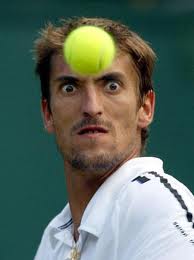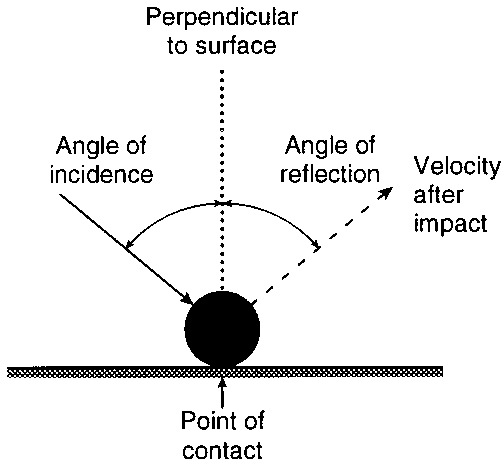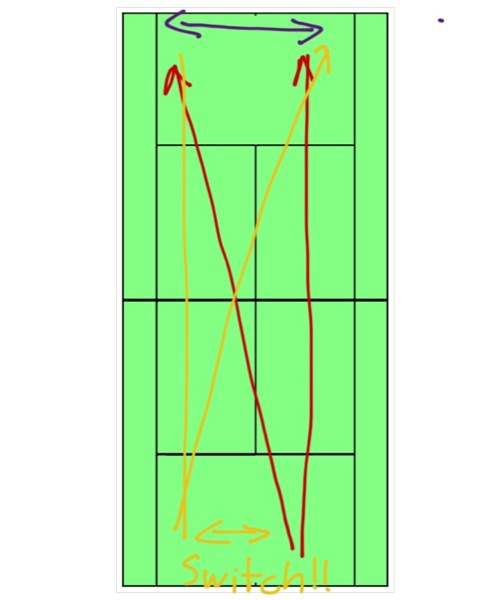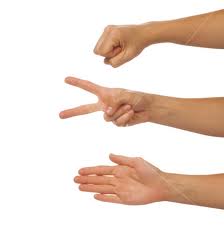Whatever Problems You May Have, They Have Their Own Problems Too
 Monday, January 23, 2012 at 10:21PM
Monday, January 23, 2012 at 10:21PM  CAtennis
CAtennis Whatever problems you may have, just remember they have their own problems too. This is very practical advice that is very easy to forget in the heat of the battle. Reading this article, unemotional and clear headed, this makes perfect logical sense. Only problem is it is very hard to remember when you need it. Everyone needs to be reminded from time to time that it is easy to forget the task at hand (to win the match) instead of intensifying all your time and energy on your own problems (technique, feeling the ball, dogmatic strategies, etc). Tennis is never static, the elements are always changing. Your opponent is confronting their own demons as the match unfolds, you may not know exactly what those issues are, but they are lurking underneath the surface. If you are paying attention, good things can happen.
The most efficient players mentally play tennis from a 3rd person point of view as if they are observing the match from the stands. As the match unfolds, they take notes on all the jabs and body blows delivered and recieved. They see with clarity how their opponent is boiling inside, frosting at the mouth when things don't go their way. They see with crystal vision how their opponent plays 30-all points. They see how their opponent can't keep their cookies together when they get a break of serve. Sometimes these little cues and nuances can tip the match in your favor and increase your odds of winning.
Imagine the following scenario. You are down 2-0 to an evenly matched player who you have never played before. I say evenly matched because you have done your research and you notice you have similar wins and losses in comparison. The stakes are high and pride is on the line, you both desperately want to win. Your opponent serves at 2-0 and easily holds for a 3-0 lead.
FREEZE
Most players confronted with a 3-0 deficit hit the panic button. Uh oh, change strategy. Go for broke. Serve and volley. Pace around the court in-between points. Panic, panic, panic. Drastic measures have to be taken.
REWIND
It is only one break of serve. You were nervous to start the match giving them a handful of unforced errors. Lets settle down and make them hit some balls. "Aha, whatever problems you have, they have their own problems too!" This wonderful piece of practical advice pops into your head and your blood pressure goes down. You realize the match is not slipping out of your hands, but it is closely within reach. You buckle down and get back to work.
OTHER SIDE OF NET
Your opponent who just held for the 3-0 lead is overthinking it. "What a great start! Shoot, I don't know if I can keep this up. I'm playing awfully good, almost too good to be true. What if he starts to make some returns? He doesn't realize I don't like long rallies. I hope he keeps missing."
So if you remain calm and practical, just remember, whatever problems you may have, they have their own problems too. Sometimes your opponent is willing to lose the match if you give him a chance to choke. Better players don't crack til deeper in the match, your job is to hang around and find their breaking point. You got nothing better to do, so just keep hanging around.







